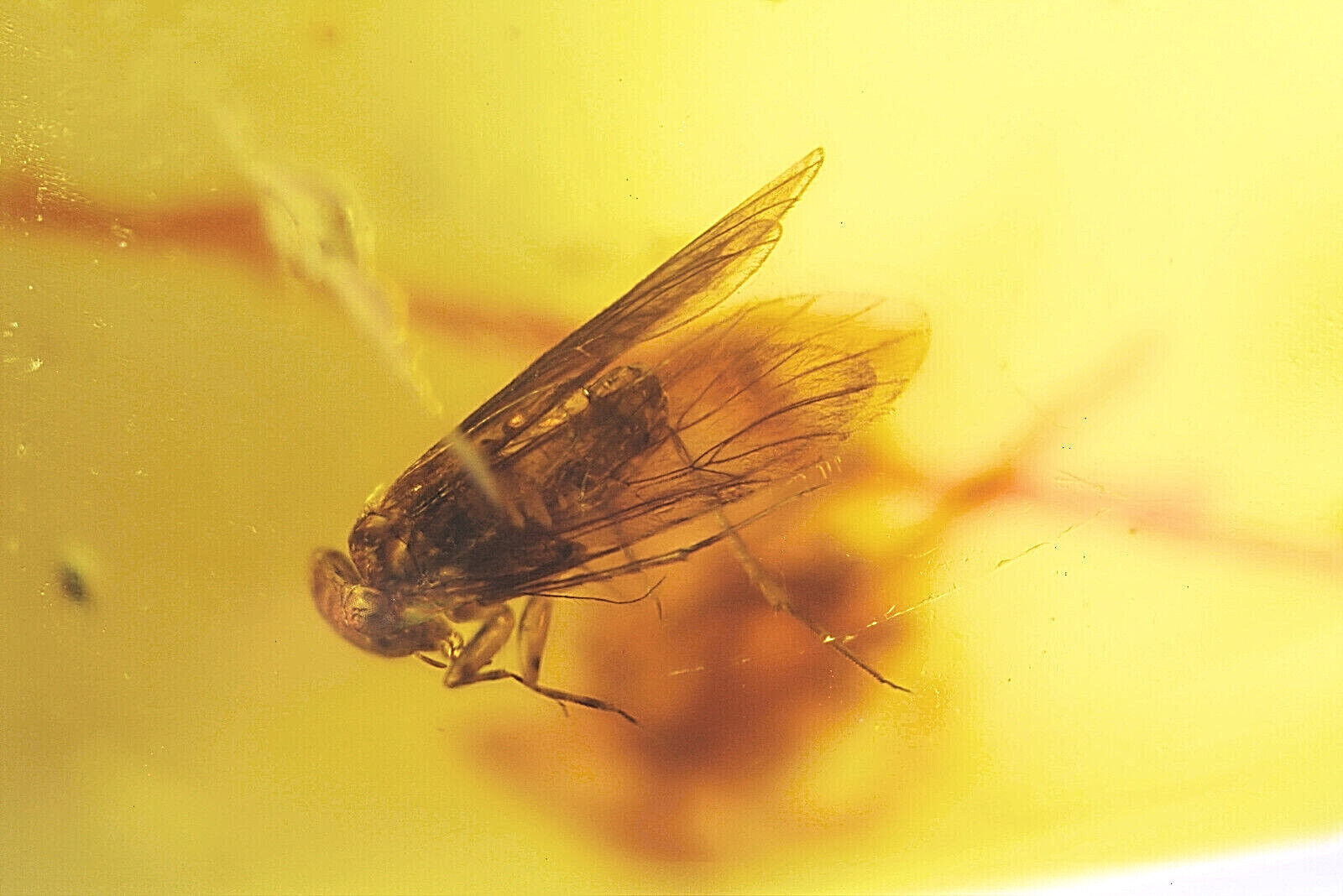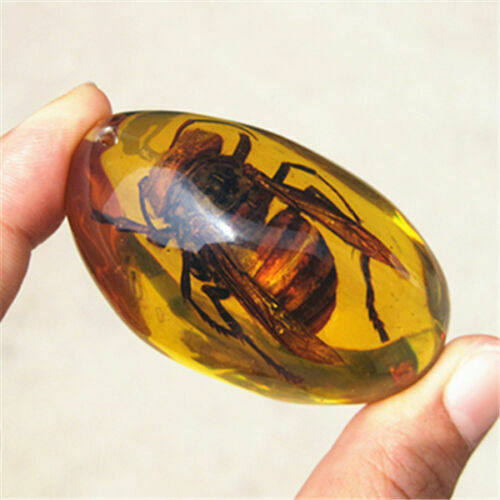-40%
Fossil Insect Preserved in Dominican Amber 20 to 25 Million Years Old
$ 8.97
- Description
- Size Guide
Description
Dominican AmberAmber is fossilized tree resin, not sap. The resin is exuded as blobs which drip and flow down the trunk of a tree. Insects fly, walk or stumble into the resin and become trapped. The insect is the covered over by more resin.
The resin blobs fall off the trunk and are covered over by soil. Millions of years later the resin fossilizes into amber preserving the insect. The trees that produce the resin are ancient conifers many of which are extinct.
The most popular ambers are Baltic, mined in Eastern Europe. Burmese mined in Myanmar and China and Dominican, mined in The Dominican Republic. These three types of amber differ in clarity and insect type.
Burmese amber is the oldest 100 million years, Baltic 65 to 100 million years, and Dominican 20 to 25 million
years. There is no way to test amber, itself, for age. Amber age is estimated based on the age of the rocks
around the amber deposit.
Insects can be seen with the unaided eye, magnification of 2x to 4x is better. Insects can sometimes be seen from both sides of the piece, providing 2 views.
Amber insects make great subjects for macro and micro photography. Also great for classroom teaching aids.
Amber Fossils make Great Subjects for Kids (or Adults) with Microscopes. Much better than Prepared Slides.
I buy all my amber from established dealers in Europe, Far East and the Dominican Republic. It is not fake.
Amber is shipped same day from Illinois.
I will do Combined Shipping
SHIP TO USA ONLY











